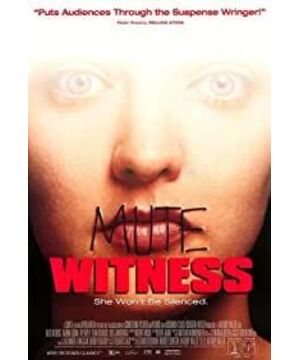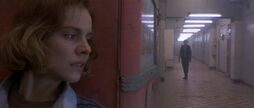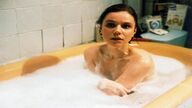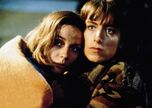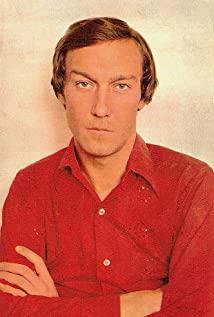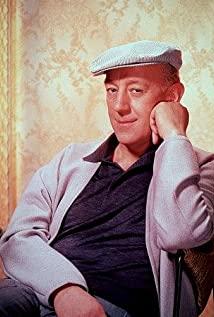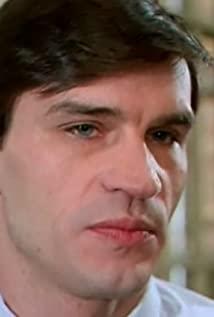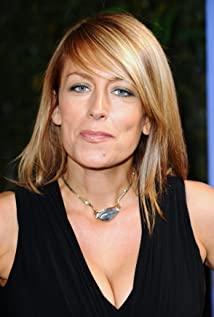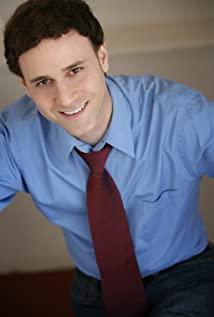Structural Analysis
First of all, from a big perspective, I think this is a perfect combination of a stage play and a movie.
In the first 50 minutes, there is not much dialogue in this film, the structure is compact, and has the characteristics of a stage play; from 50 minutes to the end, the sense of space is enhanced, the structure becomes looser, and it feels a little screaming, but it is too strong.
If I were to choose a keyword for this movie, mute can only be ranked third. The first two most critical elements, I think, should be eyes and sets. The mute is mainly reflected in the first half of the stage play (I think it is), the middle cover is the implicit main line of the second half, and the eyes run through the whole film, which is also a very important clue and evidence for solving doubts.
Starting with a murder scene, even though I read the synopsis at first, I didn't understand at first if it was real or fake. The real and the fake overlap and run through the entire film. 0~32 minutes, it should be the most stage-like clip. Especially the pursuit of enclosed space, the use of space is really extreme, coupled with the characteristics of mute, it has the style of the silent film era. The chase scenes all start from the corridor, the heroine goes down the stairs from the corridor, then up the stairs from the corridor, from the room on the right at the end of the corridor, through the garbage can, through the cellar, back to the corridor, and finally open the red door at the end of the corridor , fell from a height. Cycle back to the origin. The following police inquiries and episodes from 43 to 50 can be divided into three acts, which have a transitional effect. They are all a little relaxation after the tense chase scene, and the prelude to the second part of the brain-burning part.
The second part starts with an 8-minute indoor department and gradually involves police and bandits. The identities of real and fake police officers, undercover agents, and gangsters have been twisted and turned, and I can't help but think of the scene in which Raskolnikov murdered in "Crime and Punishment".
The language description in the set is too bland, so let me give a rough line. Undercover uncle, two fake cops, stalking, passing by the police station but not stopping, getting off, getting on, looking for magnetic tapes, stunning gangsters, shooting, feigning death, female host finding something wrong, undercover uncle being whitewashed. The second part has expanded a lot and started to have a cinematic feel, not as tight as the first part, but it goes well with the first part.
Important clues: Eyes
Eyes appeared at least 4 times. The first time was Billie and the victim looking at each other. The second time my sister saw Billie's eyes, she stayed by her side. Third time through the sheriff's narration. The fourth time Billie saw something wrong with her eyes, she helped the undercover uncle escape. (Actually, the last time Billie felt something was wrong, I thought she realized that the undercover uncle was actually a bad guy when she saw the eyes of the person being bound.)
There was also a small eye contact between the AV director and two fake police officers. In fact, here you can realize that the two policemen are fake. (However, I didn't realize it until the big sister fought back...)
resolve doubts
What are the doubts here? Personally, I think there is skepticism from the audience, skepticism from the bystanders. The audience's doubts I mean, bring the scene of Billie being suspected by the police into yourself, and sometimes you may start to doubt yourself. The suspicion of bystanders is the suspicion of the police and brother-in-law.
How to resolve these doubts? If the doubt is not solved, it may become a bug. There are two main pieces of evidence to settle the doubts: the eyes and Billie's profession.
Why didn't Billie wait all night?
First of all, you can't open the perspective of God. In the logical order of the play, I will give two examples.
1. In the cellar. When I saw the scene in the cellar, I was thinking, it's dirty here, but it's very safe. Why not stay here for one night and come out when there are more people tomorrow? Later, the murderer would go to the cellar to dispose of the body, and if Billie stayed here, he would definitely be found.
2. If Billie stays in a certain corner of the building all the time, her sister will definitely come looking for her, then her sister and brother-in-law will be in a very unsafe situation.
killer trick
The murderer's trick is like putting the dead to life. In a very exaggerated way, he first made the other party suspicious, then revealed the truth, and used the other party's psychological gap to clear his name. For example, take the initiative to stab the director with a knife, and take the initiative to lead the police to find garbage bags.
(I feel that this method of whitewashing myself can be explained by psychology or criminal psychology)
Two small bugs(?)
1. Is it too subjective about sound? For example, when Billie broke the glass to take the key, the sound was unavoidable, right? Later, the AV director found that the bloodstain was a bit unnecessary?
2. Since the two murderers said they were rehearsing, one was filming and the other was acting, what about the bleeding actor? There must be two people rehearsing the murder scene, so where is the so-called "victim"?
The masterpiece in the thriller, the two witty sisters, the loving undercover uncle and the useless brother-in-law did not disappoint me.
View more about Mute Witness reviews


